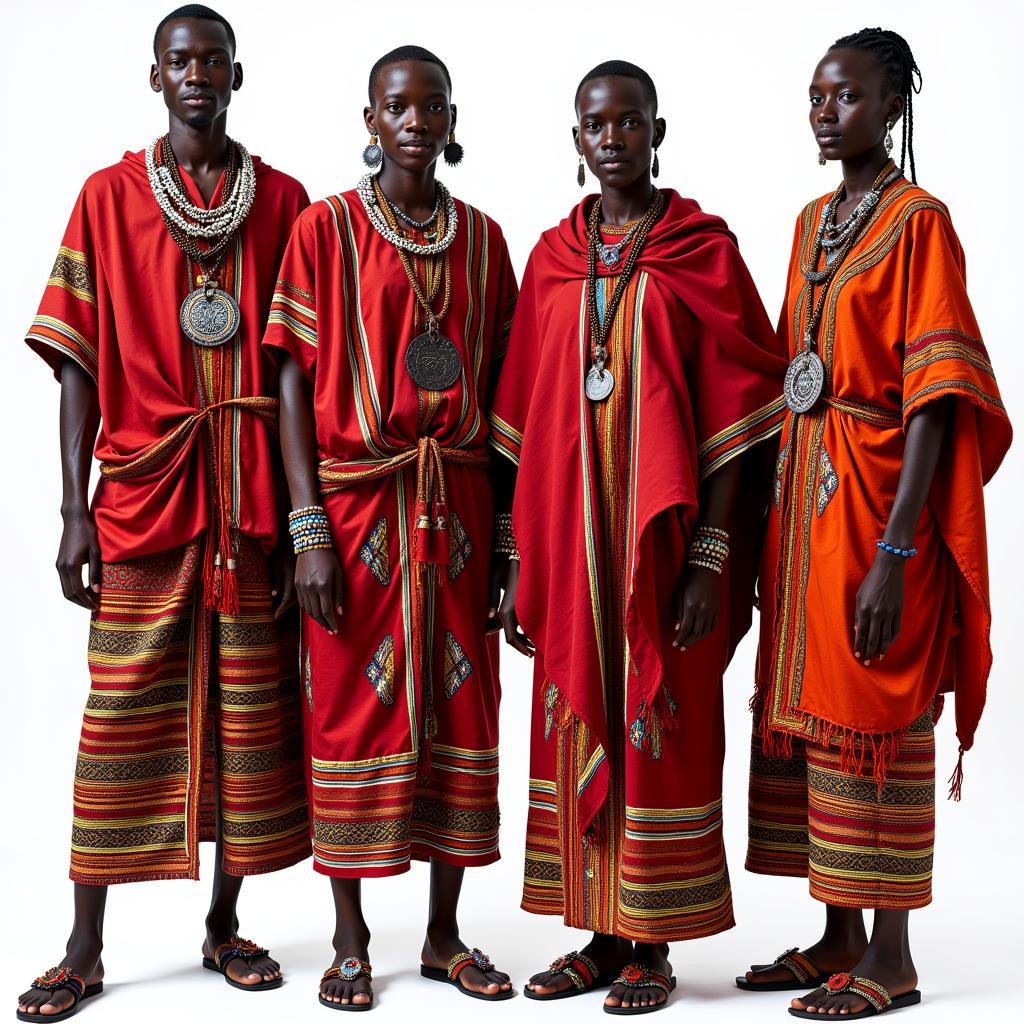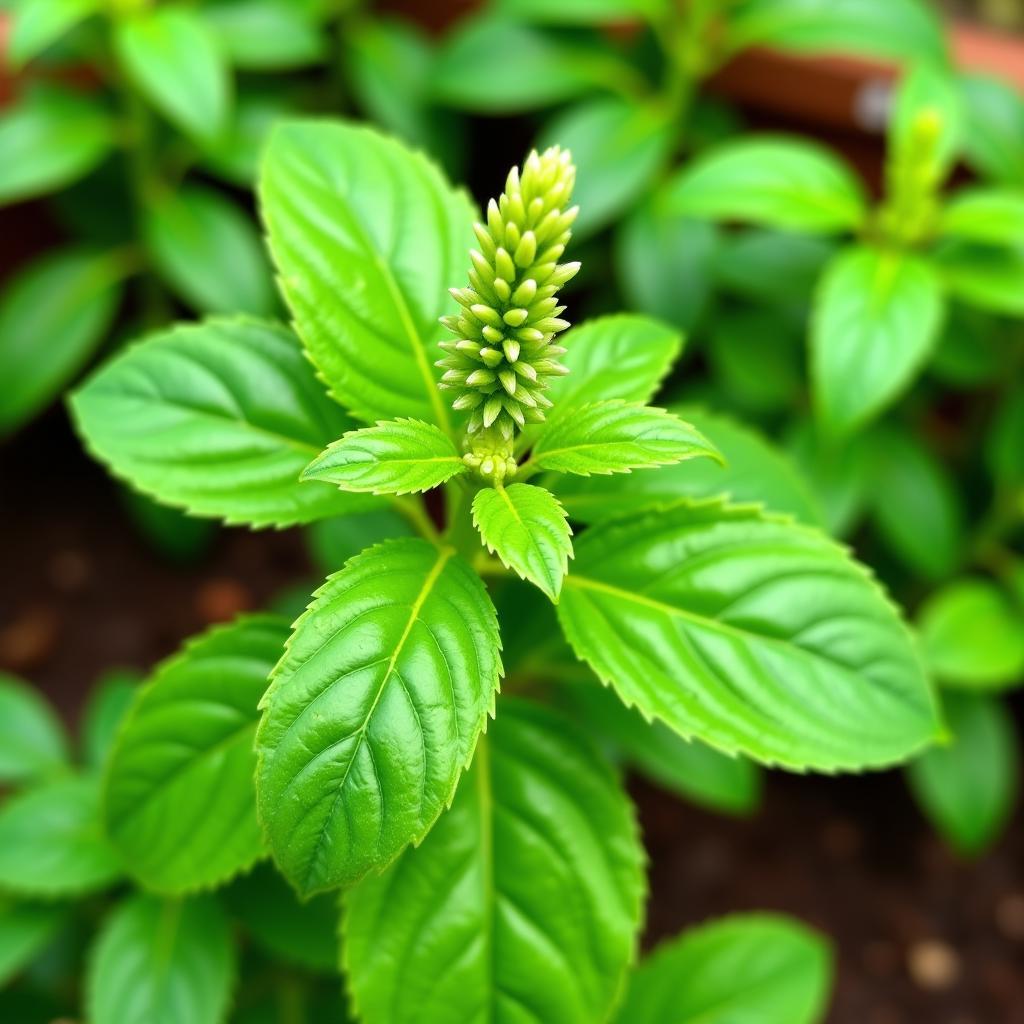Exploring African Culture: Clothing Names and Their Significance
African Culture Clothing Names are more than just labels; they’re a window into the continent’s rich history, diverse traditions, and artistic expression. From the flowing boubous of West Africa to the intricate beadwork of the Maasai, each garment tells a story, reflecting the identity and values of the people who wear it. Understanding these names unlocks a deeper appreciation for African fashion and its cultural significance.
West Africa boasts a vibrant array of clothing styles, each with its own unique name and meaning. The “boubou,” a loose-fitting robe worn by both men and women, is a staple in many West African countries. In Senegal, the grand boubou is a symbol of status and elegance, often reserved for special occasions. Similarly, the “kaftan,” a long, flowing garment, has roots in ancient Mesopotamia but has become a beloved part of West African fashion. The kaftan is known for its versatility, adaptable for everyday wear or elaborate ceremonies. For women, the “pagne,” a rectangular piece of cloth, offers endless styling possibilities, transforming into skirts, dresses, or headwraps depending on the occasion and region.
Moving east, the clothing traditions shift, reflecting the unique cultural landscapes. In East Africa, the Maasai people are known for their distinctive style, incorporating vibrant colors and intricate beadwork. Their clothing, often made from animal hides and adorned with elaborate beading, signifies age, status, and clan affiliation. The “shuka,” a brightly colored cloth worn wrapped around the body, is a key element of Maasai attire. Similarly, in Ethiopia, the “habesha kemis” is a traditional dress worn by women, often made from sheer, flowing cotton and embellished with intricate embroidery.
African boutique names can also provide insights into the cultural influences and creative spirit behind these designs.
Unraveling the Meanings Behind African Clothing Names
The names of African garments often reveal their function, material, or cultural significance. For instance, the Yoruba word “agbada,” referring to a large, flowing robe worn by men, signifies prestige and authority. The name itself reflects the grandeur and volume of the garment. Similarly, the term “kente,” referring to a brightly colored woven cloth from Ghana, is derived from the word “kenten,” meaning basket, highlighting the intricate weaving techniques used in its creation.
 Various West African Boubou Styles
Various West African Boubou Styles
Beyond their literal meanings, African clothing names also carry symbolic weight, reflecting social, religious, and spiritual beliefs. Certain colors and patterns can represent specific clans, deities, or social statuses. For example, the use of red in some cultures signifies power and strength, while white can represent purity and peace. By understanding these symbolic associations, we gain a deeper understanding of the cultural values embedded within African clothing. The use of African good luck symbols in clothing can also add layers of meaning and significance.
Traditional African Clothing Names Across the Continent
Across the vast continent of Africa, a diverse array of clothing traditions exists, each with its own distinct vocabulary. From North Africa’s “djellaba,” a long, hooded robe, to Southern Africa’s “Swati attire,” known for its vibrant colors and intricate beadwork, the clothing names reflect the region’s unique cultural heritage. Exploring these names provides a fascinating journey through African history and identity.
 Maasai Shuka in East Africa
Maasai Shuka in East Africa
“Understanding the rich history and cultural significance behind African clothing is crucial to appreciating the artistry and traditions of the continent,” says Dr. Abeni Adebayo, a renowned anthropologist specializing in African textiles. “Each garment tells a story, and the names are the key to unlocking those narratives.”
How Can I Learn More About African Culture Girl Fashion?
Learning about African fashion for girls is a great way to engage with the continent’s diverse cultures. African culture girl offers valuable resources. You can also explore online museums and cultural centers.
African adventures safari company offers opportunities to experience these cultures firsthand.
“Fashion is more than just aesthetics; it’s a powerful tool for cultural expression,” adds Professor Chinua Mojekwu, a leading expert in African art history. “African clothing names embody this idea, reflecting the identity and values of the communities that create them.”
Conclusion
African culture clothing names offer a fascinating glimpse into the diverse and vibrant tapestry of the continent’s traditions. By exploring these names and their significance, we deepen our understanding of African culture, history, and artistic expression. Learning about African culture clothing names is a journey of discovery, unveiling the stories woven into the fabric of African identity.
FAQ
- What is a boubou? A boubou is a loose-fitting robe worn in West Africa.
- What is the significance of the Maasai shuka? The shuka’s color and pattern can indicate age, status, and clan affiliation.
- What does kente mean? Kente comes from the word “kenten” meaning basket and refers to a brightly colored woven cloth from Ghana.
- Where can I learn more about African girl’s clothing? You can find information online and by visiting museums.
- What does the agbada signify? The agbada signifies prestige and authority.
- Where can I find information on african american culture in the 1970s? You can find resources online and in libraries.
- What are some examples of North African clothing? The djellaba is a common example of North African clothing.
For further support, contact us at +255768904061, email kaka.mag@gmail.com, or visit us in Mbarali DC Mawindi, Kangaga, Tanzania. We have a 24/7 customer service team.


